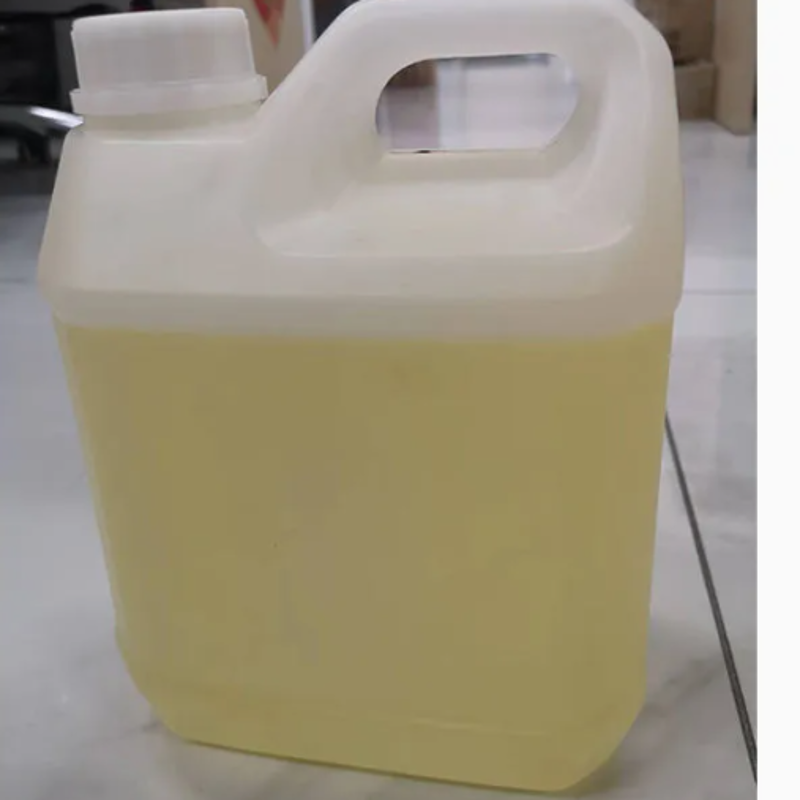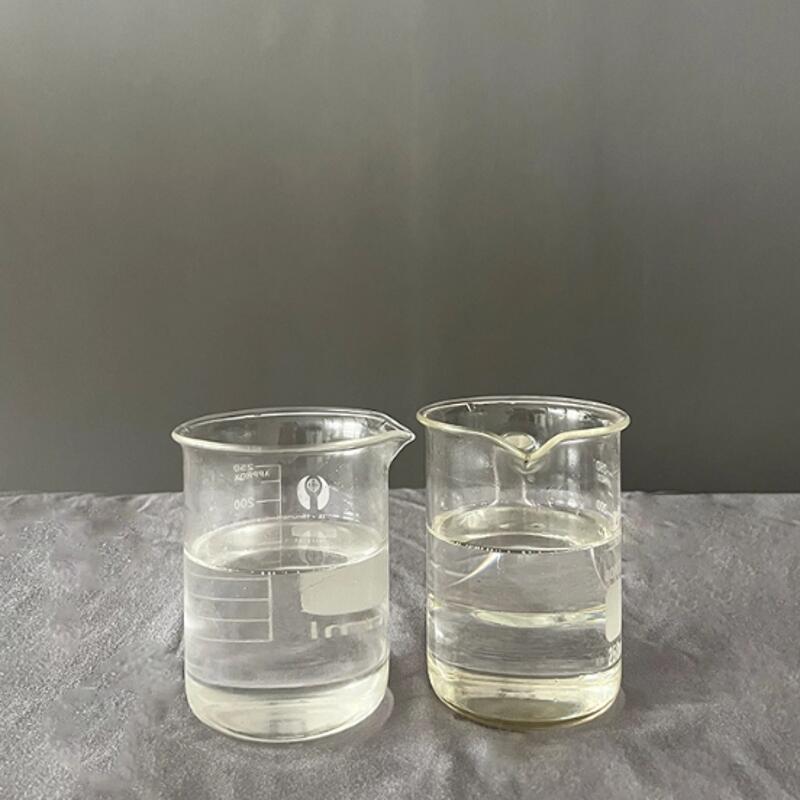-
Categories
-
Pharmaceutical Intermediates
-
Active Pharmaceutical Ingredients
-
Food Additives
- Industrial Coatings
- Agrochemicals
- Dyes and Pigments
- Surfactant
- Flavors and Fragrances
- Chemical Reagents
- Catalyst and Auxiliary
- Natural Products
- Inorganic Chemistry
-
Organic Chemistry
-
Biochemical Engineering
- Analytical Chemistry
-
Cosmetic Ingredient
- Water Treatment Chemical
-
Pharmaceutical Intermediates
Promotion
ECHEMI Mall
Wholesale
Weekly Price
Exhibition
News
-
Trade Service
By the end of 2021, China's coal-to-olefin production capacity will reach 11.
Coal-to-olefins and methanol-to-olefins have become an important part of China's olefin industry and a major force for diversified development
Coal-to-olefins and methanol-to-olefins have become an important part of China's olefin industry and a major force for diversified development
The coal-to-olefins industry should be based on the national coal chemical planning and layout, combined with the development of large-scale coal bases, and in accordance with the integrated development and utilization model of mining areas, parks and green energy/green hydrogen bases, and steadily carry out the demonstration of water-saving and low-carbon development of coal-based olefins
On the development path of coal-to-olefins, attention should be paid to "eight chemicalizations"
.
First, the raw materials are rich in hydrogenation.
Hydrogen-rich raw materials or green hydrogen resources such as natural gas, coke oven gas, coalbed methane, shale gas, etc.
can be appropriately introduced, and the carbon-hydrogen ratio of the synthesis gas can be adjusted to reduce carbon emissions and reduce energy consumption of the device
.
The second is high-end products, avoiding the simple production of "two-poly" products, and paying attention to the replacement of traditional technology products by industrial development and the integration of emerging industries
.
The third is market regionalization.
The main product target market should focus on the surrounding areas of the project to reduce long-distance transportation and export of products
.
Fourth, low-carbon technology, using advanced and mature green and low-carbon technologies at home and abroad, supporting the construction of carbon monoxide and carbon dioxide chemical production plants of appropriate scale, exploring high-efficiency and low-cost CCUS technology demonstration and biomass gasification to produce bio-based methanol, olefins and synthesis Technical application of materials
.
The fifth is to increase equipment size, carry out research and development of alternative technologies for key imported machinery, equipment and instruments, further improve the localization level of coal-to-olefin projects, and use more efficient and energy-saving motors, compressors and other equipment
.
Sixth, supporting greening, strengthening the recovery of process waste heat and pressure, and strengthening enterprise energy management and cascade utilization; encouraging enterprises to use green electricity; exploring steam-driven to electric-driven transformation, and carrying out adaptive transformation of enterprise power supply systems; exploring and developing hydrogen production from green energy technology, and pilot green hydrogen and coal-to-olefins fusion carbon reduction demonstrations in areas where conditions permit
.
Seventh, industrial recycling, encouraging the integration of coal, electricity and heating, and multi-energy complementary development models, and encouraging integrated development with industries such as electric power, light industry, building materials, and chemical fiber
.
The eighth is intelligent management.
The Ministry of Industry and Information Technology will soon release the Guidelines for the Construction of a Standard System for Intelligent Manufacturing in the Petrochemical Industry (2022 Edition), which is planned to be implemented in five sub-sectors including crude oil processing, basic organic chemical raw materials, synthetic resins, synthetic rubber, and synthetic fiber raw materials, covering Production control and optimization, safety and environmental protection, equipment management, energy management, supply chain management, intelligent services and other production and operation processes
.







